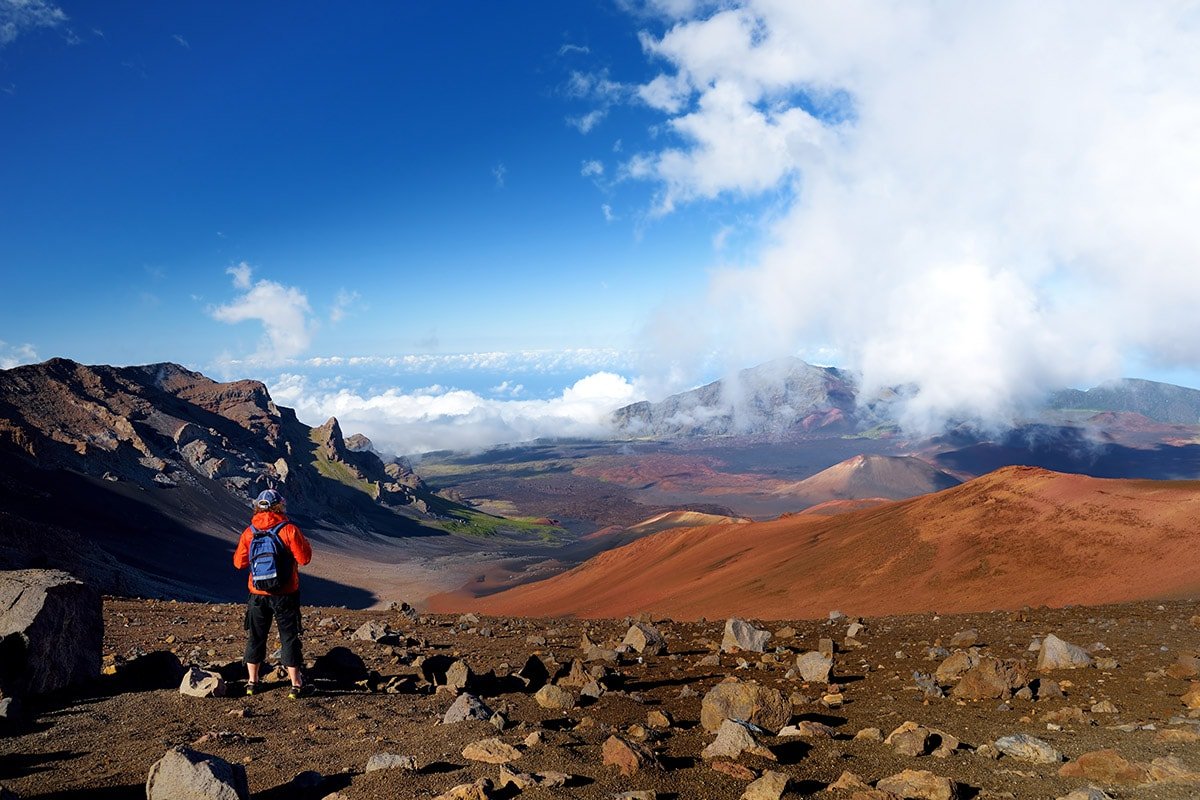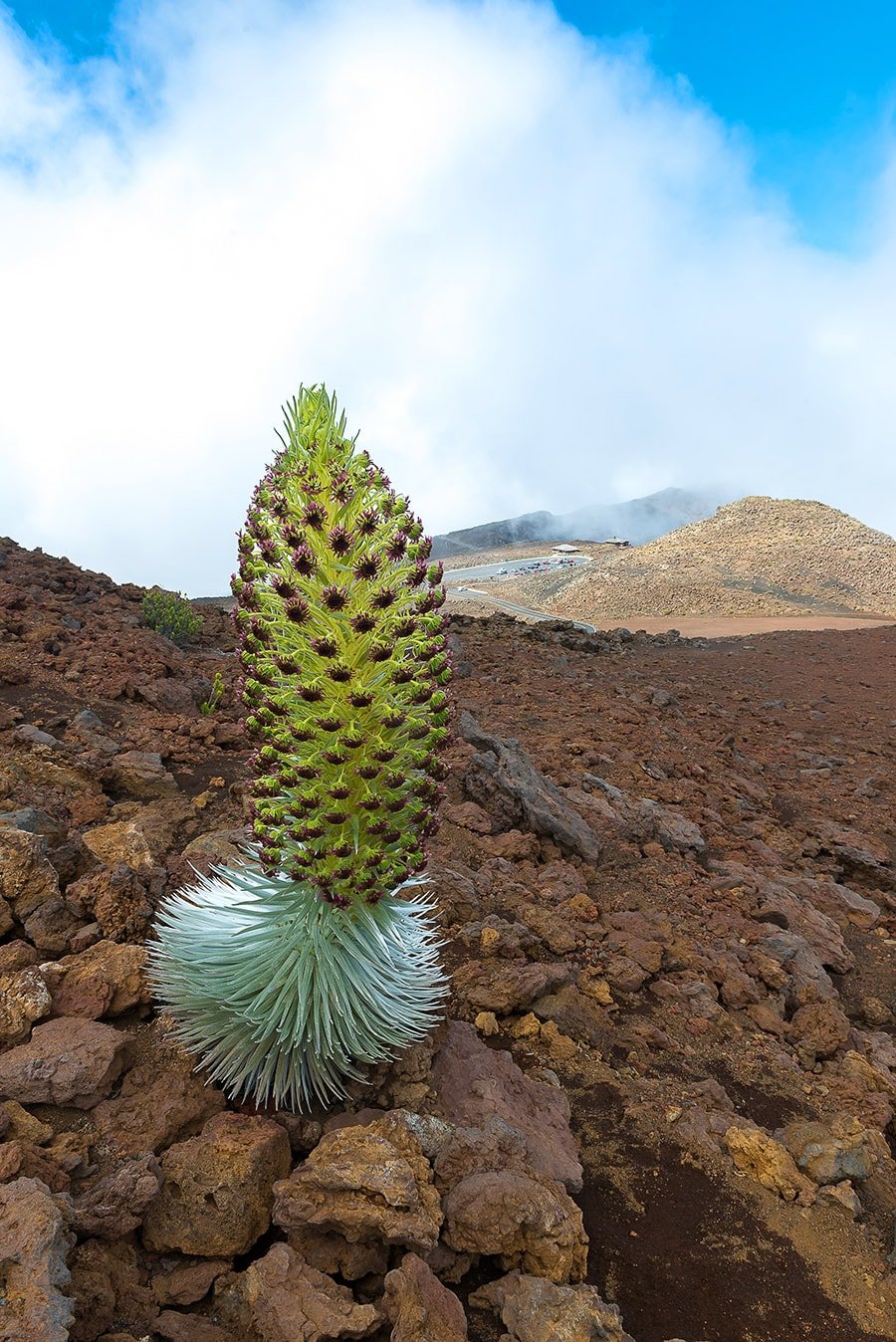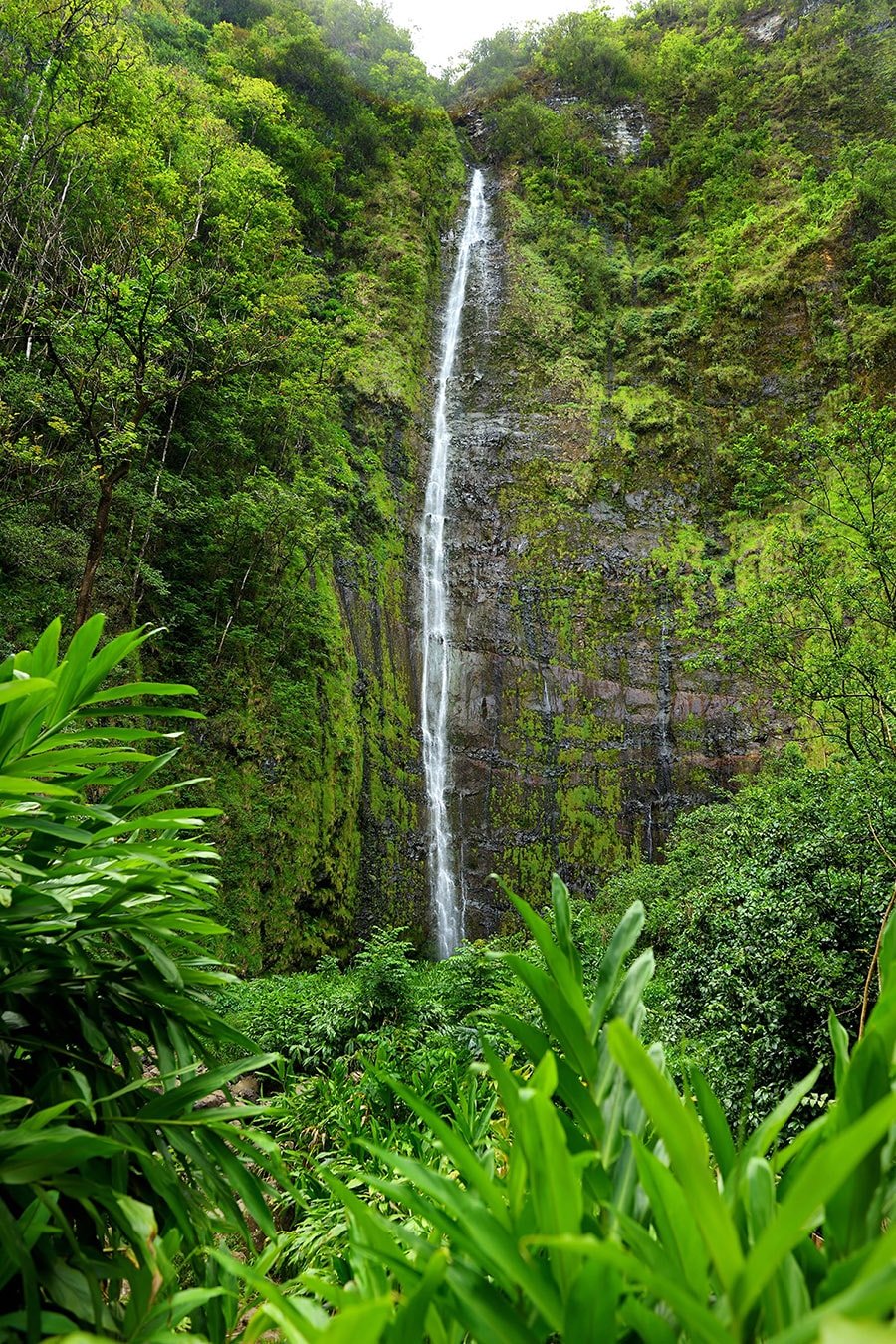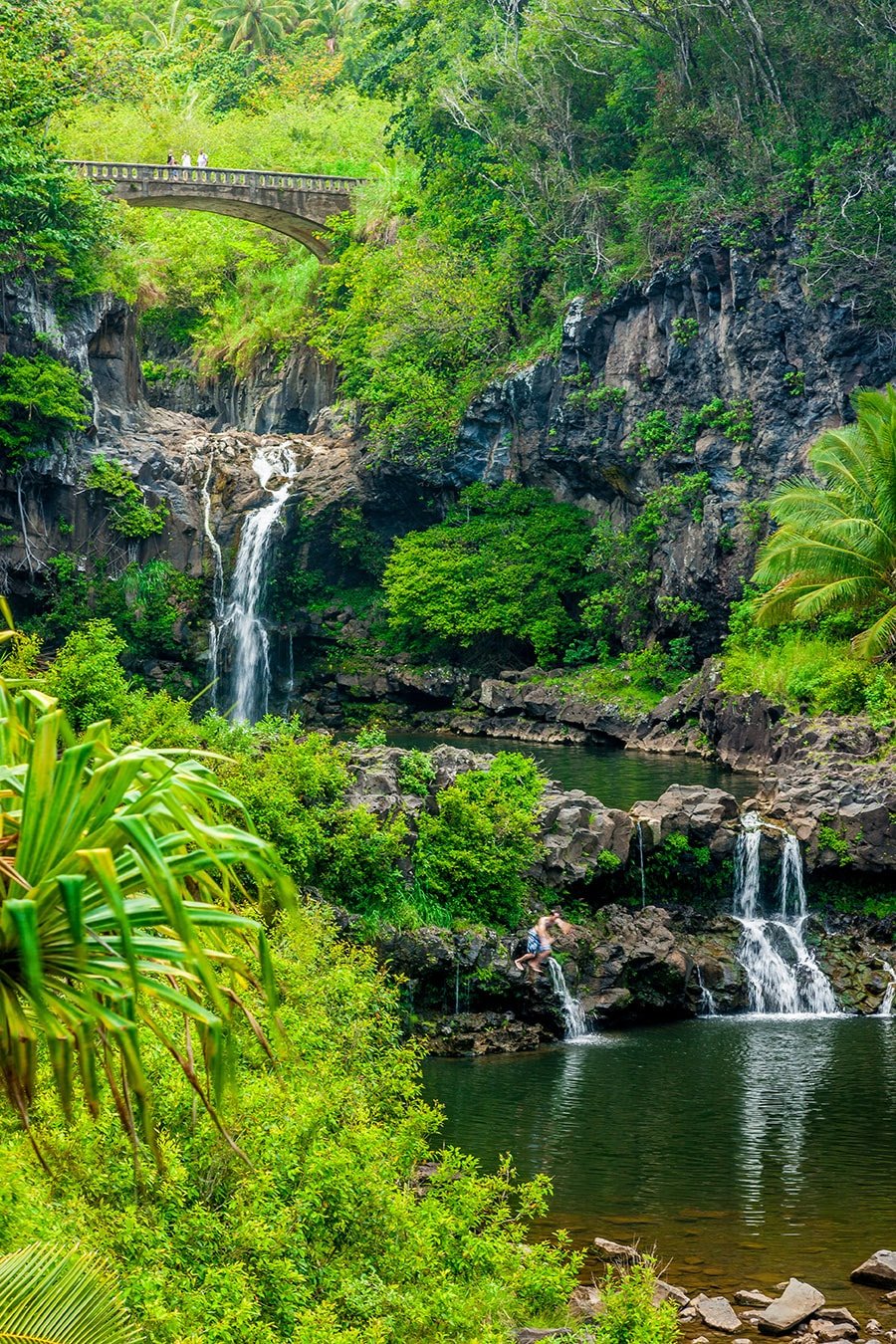Haleakalā: House of the Sun
Posted by Mapuana Andrade on Wednesday, September 11th, 2019 at 12:20pm

Hawaiian legend goes that the demigod Maui, after whom our island is named, was determined to capture the sun to slow it down so his mother could have enough light in the day to dry her kapa cloth. So one night, Maui journeyed to the peak of Haleakalā to wait for the sun to rise. As it began to illuminate the sky that morning, he lassoed the sun, convincing it to slow its descent for part of the year to make the day last longer.
Today, millions of Maui residents and visitors have made the same trek the summit of the dormant volcano, waiting for the sun as it rises over the crater. Towering over the island of Maui, Haleakalā, meaning the "house of the sun,” offers one of the ecologically diverse landscapes in the world and one of the state’s most sacred sites to the Hawaiian people.
Haleakalā has been protected through the national park system decades before the islands entered statehood. In 1916, Congress established the Hawai’i National Park, which included Volcano National Park on Hawai’i Island and Haleakalā. More than a century later, those are the only national parks in the Aloha State.

But it wasn’t until nearly two decades after Haleakalā National Park was established that crews built the winding road to the summit, followed by the visitor center in 1936 and the backcountry cabins in 1937. Since then, it’s grown from its original 21,150-acre area to more than 30,000 acres, which fall into two districts: the Summit District and the Kīpahulu District.
At the summit, you can gaze on the starry night skies and watch the sun creep over the clouds—a vista described by Mark Twain as “the most sublime spectacle I have ever witnessed.”
Witnessing the sun travel across the crater as it rises above the mountain is a momentous event—and a popular spectacle. Due to the popularity of sunrise viewing at the summit and limited parking, Haleakala National Park now requires reservations for each vehicle entering the park before sunrise (3:00 a.m. to 7:00 a.m.).
Hike by foot and camp, or travel by horseback to explore the natural wonder, home to more endangered species than any other in the National Park Service. For example, the blooming 'ahinahina, or silversword, is only found on Haleakalā's slopes between 7,000 and 10,000 feet. Hawai'i's state bird, the nene, also makes its home along the mountain.
 Waimoku Falls, Kīpahulu
Waimoku Falls, Kīpahulu
But when you journey to the Kīpahulu District, it seems as if you're entering an entirely different world. About 12 miles past Hana town, this lush part of Maui's coastline supported communities of native people for centuries and is home to hundreds of sacred cultural sites. Unlike the terrestrial deserts of the summit, Kīpahulu is green and vibrant, with rainforests, dozens of waterfalls and tropical plants and flowers. The most famous attraction is 'Ohe'o Gulch, or Seven Sacred Pools, where you can camp and explore numerous pools that extend up into the gulch.

'Ohe'o Gulch, Kīpahulu
There are countless ways to support the park system through volunteer activities, ranging from staffing in-person information desks to presenting cultural demonstrations to remotely or on special projects designed to suit your skills and talents. Last year, volunteers donated 6,000 hours of their time to support the park. If you want to become one of them, learn more at www.nps.gov/hale/getinvolved/volunteer.htm.
Leave A Comment